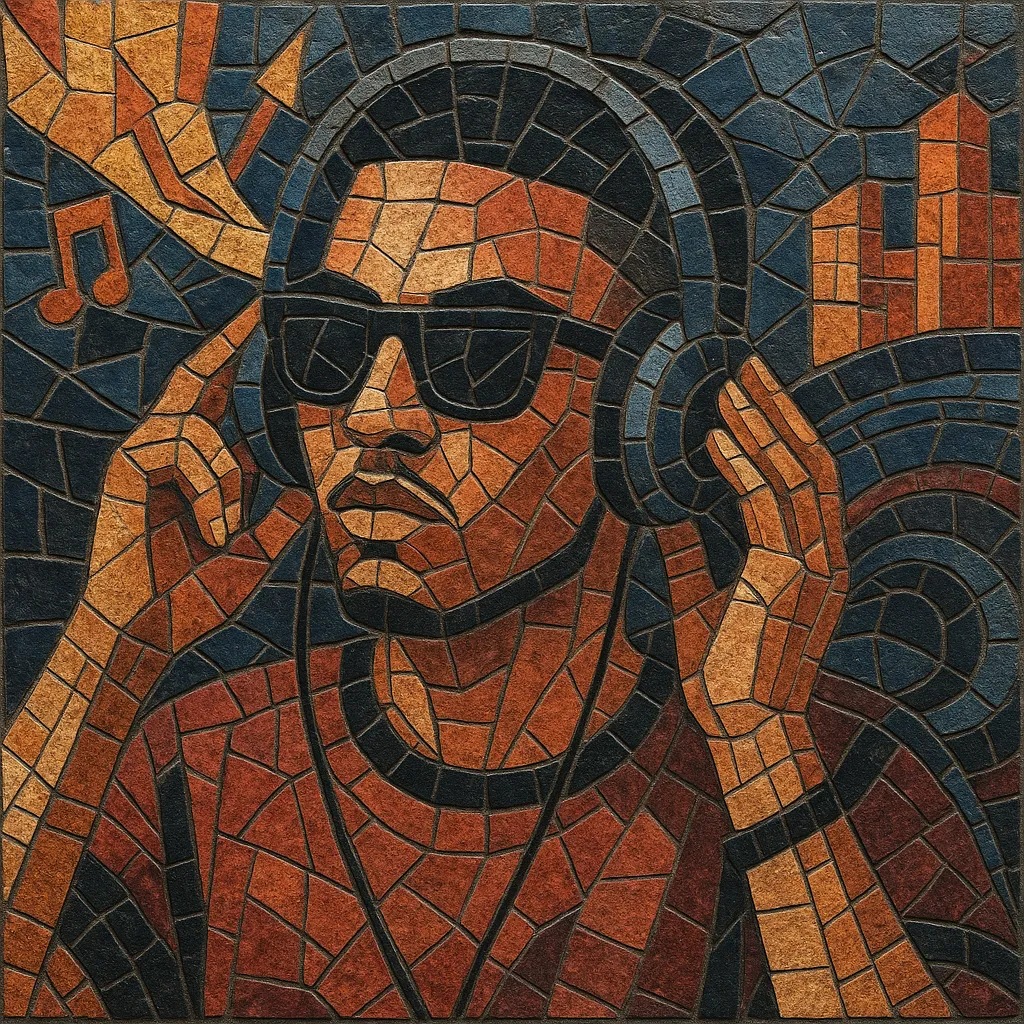Urbano latino is an umbrella term for contemporary Spanish‑language urban music that fuses reggaeton, Latin trap, hip hop, R&B, and Caribbean dancehall/dembow aesthetics. It prioritizes rhythm-heavy production built from the dembow pattern, booming 808s, syncopated hi‑hats, and sleek synth textures, often paired with melodic hooks, Auto‑Tuned vocals, and call‑and‑response choruses.
While rooted in Puerto Rican and Panamanian innovations of the 1990s, the genre became a global pop force in the 2000s and 2010s, driven by streaming platforms and cross‑border collaborations. Lyrical themes typically center on romance, nightlife, swagger, empowerment, and street perspective, frequently delivered in Spanish or Spanglish. The result is a dance‑forward, hook‑rich style that comfortably crosses between club, radio, and festival stages.
Urbano latino emerged in the 1990s as Spanish‑language urban music coalesced around hip hop en español, reggae/dancehall influences, and the dembow rhythm. Puerto Rico played a pivotal role alongside Panama, where Spanish reggae had taken root. Early mixtape culture, underground parties, and pirate radio helped codify the sound while artists experimented with rapping and singing over Caribbean riddims.
The 2000s saw the sound transition from underground to mainstream. Reggaeton’s explosive rise—symbolized by global hits like Daddy Yankee’s “Gasolina”—pushed urbano aesthetics onto international radio and TV. Major labels invested, collaborations multiplied, and the public started using “urbano” as a catch‑all for Spanish‑language street‑influenced pop drawing from reggaeton, hip hop, and R&B.
The streaming era dramatically expanded the genre’s reach. A new wave embraced Latin trap’s slower tempos, darker 808s, and rap vocal approaches while maintaining singable hooks. Artists from Puerto Rico, Colombia, and beyond turned urbano into a global pop engine, topping charts and collaborating with Anglo‑American stars. The sound diversified—ranging from glossy pop‑reggaeton to moody trap ballads.
In the 2020s, urbano latino is a global lingua franca. Cross‑pollinations with Afrobeat/afrobeats, house, regional Mexican, and flamenco have created new micro‑scenes (e.g., neoperreo, flamenco urbano). Viral dance challenges, short‑form video, and festival circuits continue to shape the genre’s aesthetics and audience, while Spanish‑language hits regularly dominate worldwide charts.


